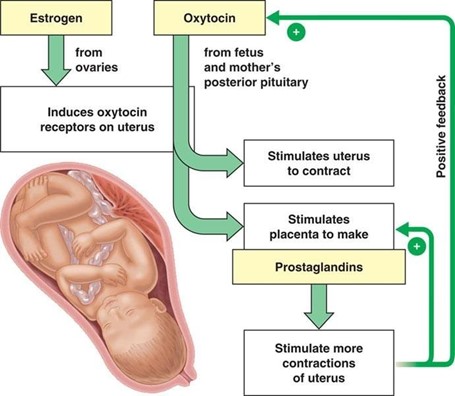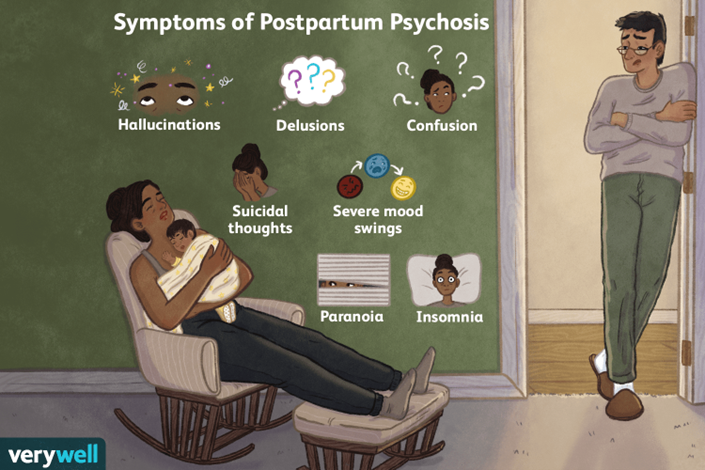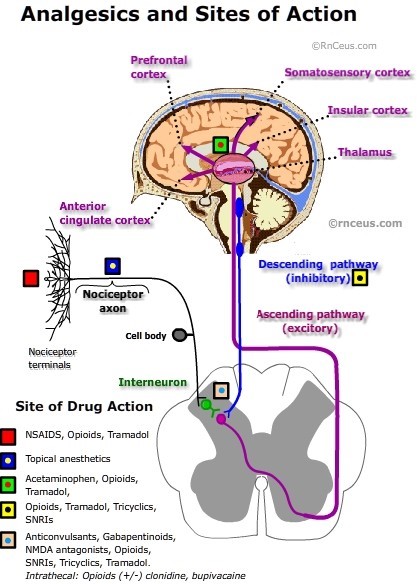The practical nurse (PN) is monitoring a client who was admitted for induction of labor. As the client's labor progresses to the second stage, the fetal heart rate falls to 100 beats/minute following each contraction.
Which intervention should the PN implement first?
Administer oxygen at 10 L/face mask.
Discontinue oxytocin infusion.
Observe perineum for cord prolapse.
Reposition the client laterally.
The Correct Answer is D
Fetal heart rate (FHR) is one of the essential indicators of fetal well-being during labor. A fall in FHR following each contraction is known as recurrent deceleration and can be an indication of fetal distress. In this case, the PN should first reposition the client laterally, as this may help to alleviate compression of the umbilical cord and improve fetal oxygenation.
A. Administering oxygen at 10 L/face mask may be necessary, but it is not the first intervention to be implemented in this scenario.
B. Discontinuing oxytocin infusion may be necessary, but it is not the first intervention to be implemented in this scenario.
C. Observing perineum for cord prolapse is not necessary in this scenario.

Nursing Test Bank
Naxlex Comprehensive Predictor Exams
Related Questions
Correct Answer is D
Explanation
The practical nurse (PN) should recognize that the client who is 2-weeks postpartum and presents with feelings of irritability, severe mood swings, and an irrational sense of her ability to keep her infant safe may be exhibiting symptoms of postpartum psychosis. Postpartum psychosis is a rare but serious condition that can develop after childbirth and is characterized by symptoms such as delusions, hallucinations, and severe mood swings. The client's belief that her infant is going to die and that there is nothing she can do to save her baby may indicate the presence of delusions. The PN should report these symptoms to the appropriate healthcare provider for further assessment and intervention.

Correct Answer is A
Explanation
The practical nurse (PN) should obtain information about the client's current medications, including any analgesics or antianxiety medications that may be contributing to the confusion. These medications can cause cognitive impairment and confusion, especially in older adults. It is important to assess the client's mental status and identify any potential causes of confusion, as this can indicate a change in the client's condition that requires further evaluation and intervention.
Option B is incorrect as it refers to a history of situational depression, which may not be relevant to the current situation.
Option C is also incorrect as it refers to previous falls, which may not be related to the current confusion.
Option D is incorrect as it refers to the client's history of alcohol abuse, which may be important to know but is not the most relevant information to obtain in this situation.

Whether you are a student looking to ace your exams or a practicing nurse seeking to enhance your expertise , our nursing education contents will empower you with the confidence and competence to make a difference in the lives of patients and become a respected leader in the healthcare field.
Visit Naxlex, invest in your future and unlock endless possibilities with our unparalleled nursing education contents today
Report Wrong Answer on the Current Question
Do you disagree with the answer? If yes, what is your expected answer? Explain.
Kindly be descriptive with the issue you are facing.
